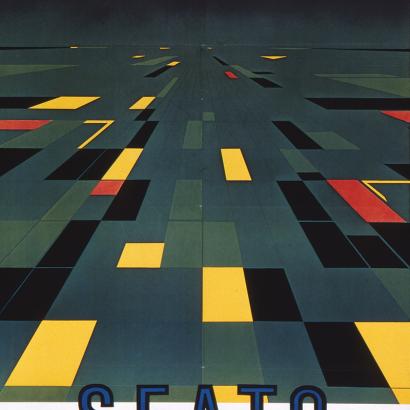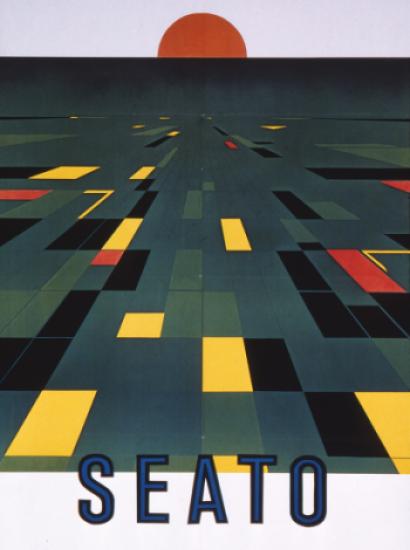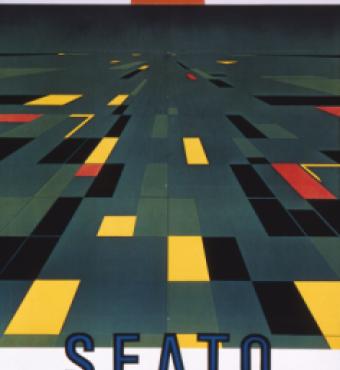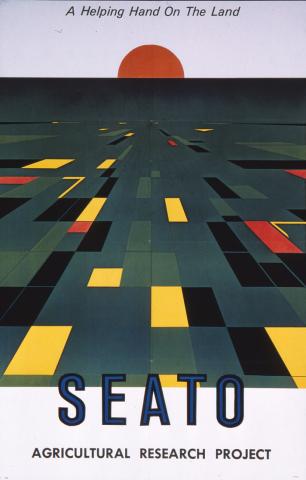- History
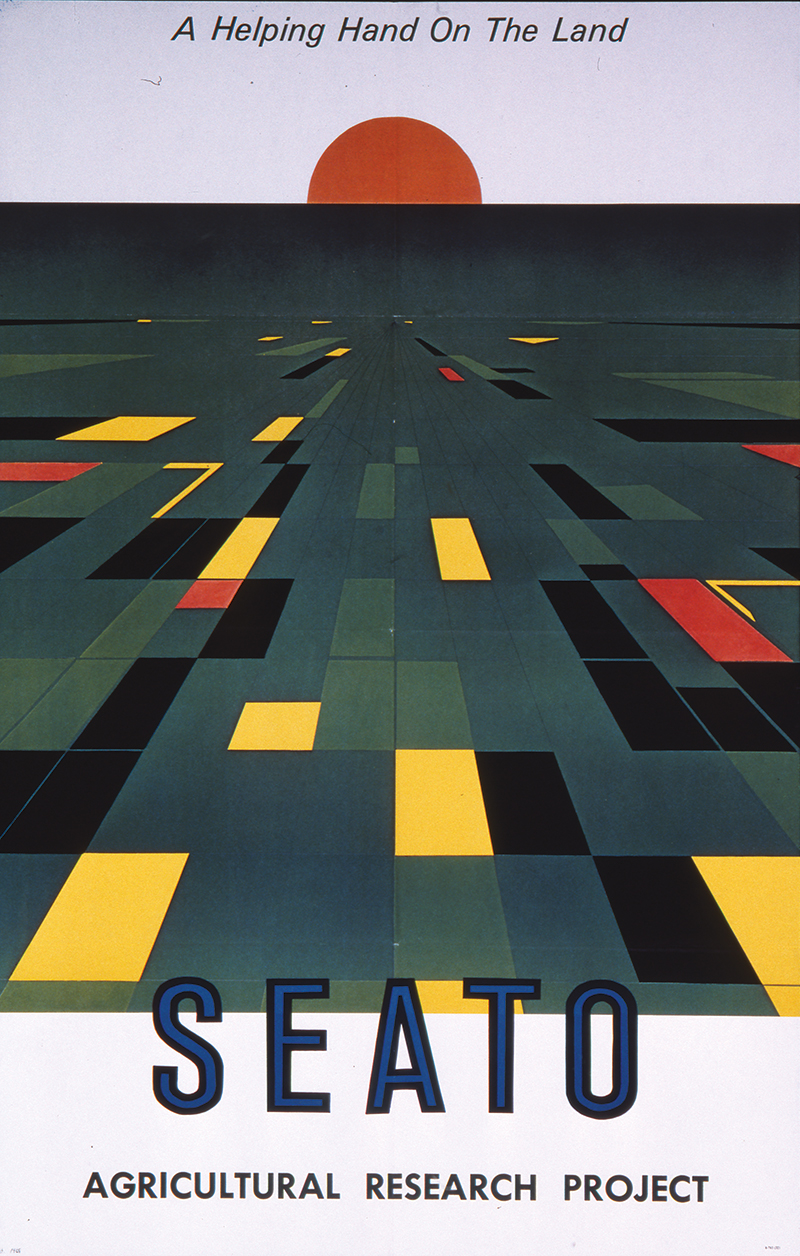
Last April, Ambassador Robert D. Blackwill, a distinguished diplomat, summarized American policy toward Pakistan. “Every time a new administration in Washington comes to office,” he said, “they get worried about Pakistan, which has a stockpile of nuclear weapons. The US Secretary of State then visits Pakistan and meets the top leadership. He is systematically lied to by Pakistan’s leadership, and this goes on for about two years. In the third year, he tells his colleagues at the (US) State Department that Pakistan’s leaders have been lying to him. Then they think about how to deal with the situation, and the elections come in and a new administration takes charge. The same thing is (then) repeated.”
Ambassador Blackwill neatly encapsulated the Pakistan-American relationship. Pakistan employs deceit as a fundamental tool of diplomacy. Pakistan is even-handed in lying to itself, its enemies, and its allies (if there are any). Upon first meeting an American diplomat, politician, or general, senior Pakistani officials launch into an hour-long litany of how the United States has mistreated and misled them for decades. Once the American is sufficiently chastised and presumably humbled, the Pakistanis launch into geopolitical fantasies about amicable cooperation—provided sufficient aid (reparations perhaps?) is forthcoming. Pakistan has perfected the art of posing as the aggrieved to extract concessions, while having no intention of living up to any agreement. Inherently unstable and untrustworthy, Pakistan trusts no one else. So no country can be its ally, only a temporary convenience.
Most nations have armies; in Pakistan, the army has a nation. During the reign (1978-88) of the military dictator General Muhammad Zia-ul-Haq, Pakistan embraced sharia law as the basis of “Islamization,”1 to include the state sponsorship of the radical madrassas.2 He also initiated the development of nuclear weapons.3[3]“The basis of Pakistan was Islam,” Zia declared. “The basis of Pakistan was that the Muslims of the sub-continent are a separate culture. It was on the two-nation theory that this part was carved out of the sub-continent as Pakistan.”4
Three decades later, the Pakistani army is struggling to stamp out an internal Islamist insurgency, while continuing to plot against India.
The army also supports the Taliban insurgency in Afghanistan. By providing the Afghan Taliban a sanctuary along its entire 2,000-kilometer border, Pakistan appears confident that it controls the future direction of any government in Kabul, thus checkmating any effort by India to gain influence. Pakistan is also the logistics conduit into land-locked Afghanistan. So its leverage is considerable.
The army also possesses more than one hundred nuclear weapons. It skillfully plays the card of instability, subtly threatening that if external aid and support are withheld from Pakistan, the Islamist crazies (a movement fostered by General Zia) may seize some nuclear weapons. Then we’d all be in the soup.
Governance is both irresponsible and corrupt. Nearly 70 percent of Pakistan’s lawmakers do not file tax returns. Less than one percent—about one million out of a population of 190 million—pay income tax. According to The Journal of South Asian Studies, “low savings and investment rates, budget deficits, institutional shortcomings, lack of human development and bad governance are the major cause of unsustainable development.”
Pakistan is a nation without a healthy self-image and with no coherent vision about how to improve. It considers itself a victim. It is not an ally and not an enemy. While not trusting Pakistan, the U.S. must deal realistically on a transactional basis; you do this for me and I will do this for you.
1 Owen Bennett Jones, Pakistan: Eye of the Storm (Yale University Press, 2002), pp. 16–17.
2 Zahid Hussain, ed. Frontline Pakistan: The Struggle with Militant Islam (Columbia University Press, 2006), p. 81.
3 Shahid-Ur Rehman, Long Road to Chagai (Print Wise Publication, 1999), pp. 102–106.
4 Husain Haqqani, Pakistan: Between Mosque and Military (Carnegie Endowment for International Peace, 2005), p. 135.







